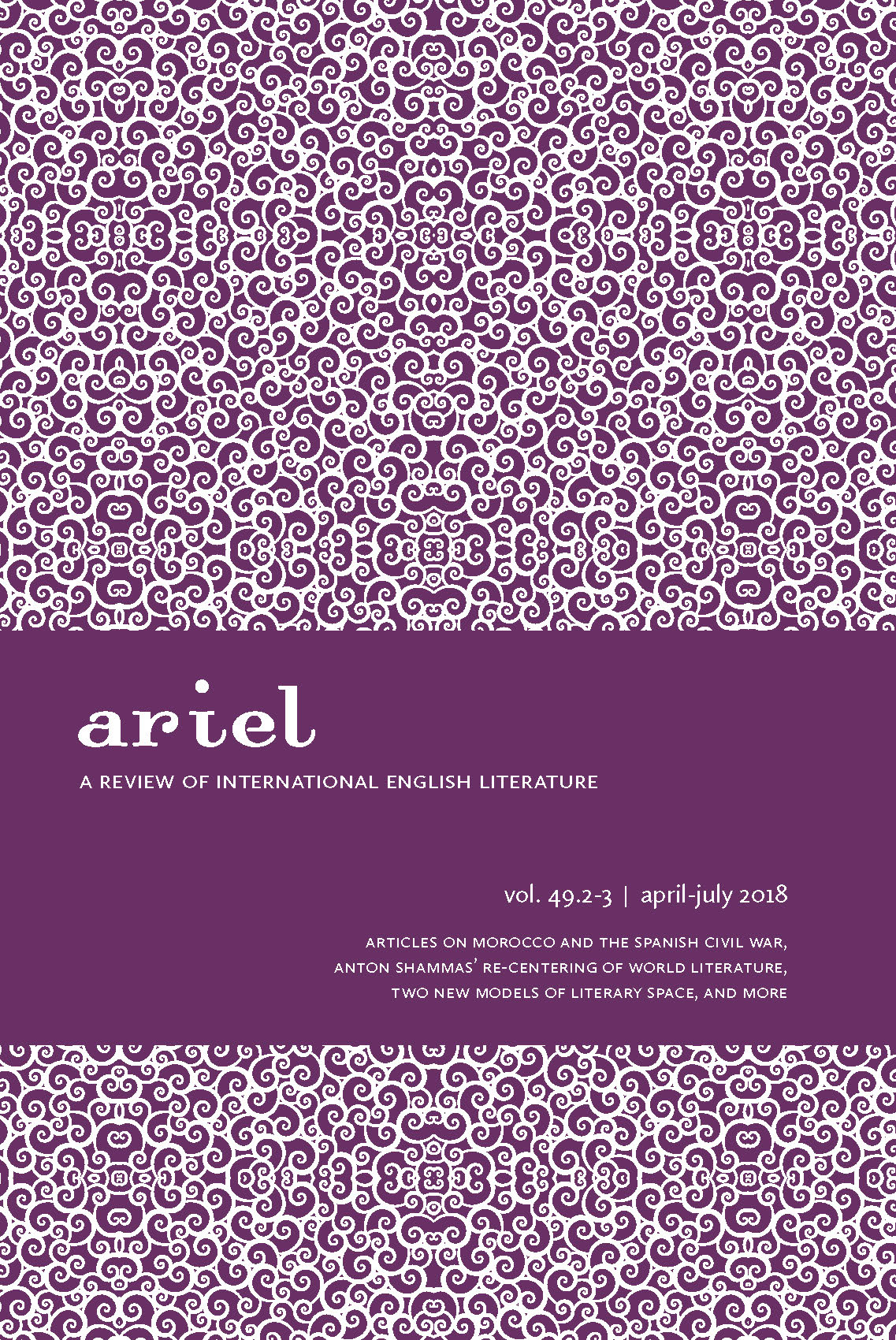Dots on the literary map? Literary Valorizations of Place, the Wealth of Earl Lovelace’s Trinidad, and Geometric Data Analysis
Keywords:
Postcolonial space, Geometric Data Analysis, Earl Lovelace, Pierre Bourdieu, Valorization of placeAbstract
This article intervenes in scholarly debates about postcolonial space by demonstrating the distinctive strengths of Geometric Data Analysis (GDA) for an approach to literary space that skirts both close and distant reading modes. GDA is used to map the fictional space of Trinidadian author Earl Lovelace’s short story “A Brief Conversion,” offering a more complete and systematic account than earlier readings. The theoretical stakes of this sort of analysis is argued to reside in the distinction between the wealth of place and the value of place. Despite its best intentions, literary criticism tends to get caught up in the logic of valorization, putting into circulation place as a value, dissociated from the wealth of place that the literary work (in the best of cases) produces. From these theoretical starting points, the slightly improbable assertion is made and demonstrated that geometric methods can stay truer to the wealth of place by disclosing the space of possibles created by the literary text, thus restoring to the storyworld a sense of its dynamic and open orientations.
Acknowledgments:
The initial research for this article was made possible by funding from the Swedish Research Council and the Department of English, Stockholm University. It was completed under the auspices of the research program “Cosmopolitan and Vernacular Dynamics in World Literatures,” funded by the Swedish Foundation for Humanities and Social Sciences.


